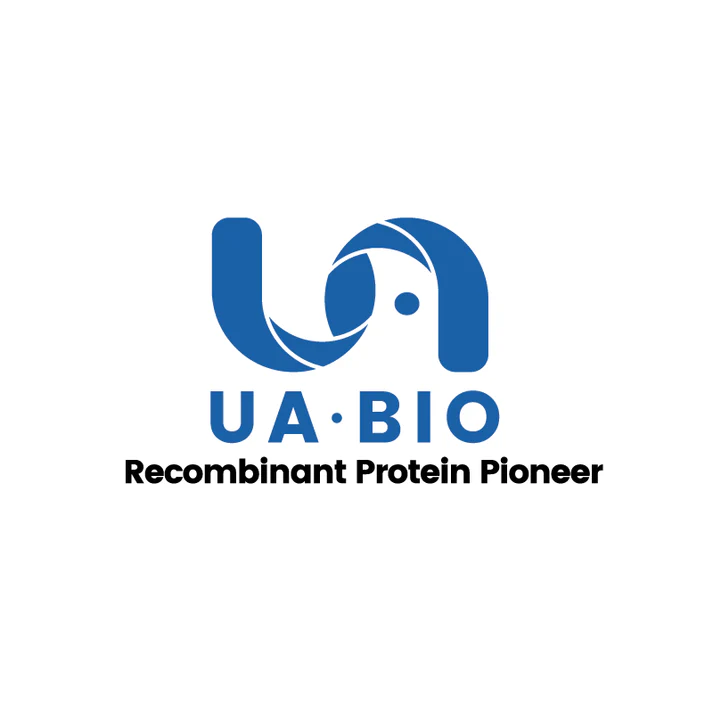1μg (R: reducing condition, N: non-reducing condition).
Product Details
Product Details
Product Specification
| Species | Mouse |
| Synonyms | Lymphocyte activation gene 3 protein,LAG3,Lymphocyte Activating 3,Lymphocyte-Activation Gene 3,CD223 Antigen,Protein FDC,CD223,LAG-3,FDC,sLAG-3 |
| Accession | Q61790 |
| Amino Acid Sequence | Gly24-Leu442, with C-terminal Fc |
| Expression System | HEK293 |
| Molecular Weight | 80-85kDa (Reducing) |
| Purity | >95% by SDS-PAGE |
| Endotoxin | <0.1EU/μg |
| Conjugation | Unconjugated |
| Tag | Human Fc Tag |
| Physical Appearance | Lyophilized Powder |
| Storage Buffer | PBS, pH7.4. |
| Reconstitution | Reconstitute at 0.1-1 mg/ml according to the size in ultrapure water after rapid centrifugation. |
| Stability & Storage | · 12 months from date of receipt, lyophilized powder stored at -20 to -80℃. · 3 months, -20 to -80℃ under sterile conditions after reconstitution. · 1 week, 2 to 8℃ under sterile conditions after reconstitution. · Please avoid repeated freeze-thaw cycles. |
| Reference | 1.Colin G. Graydon, Shifa Mohideen and Keith R.Fowke, LAG3’s Enigmatic Mechanism of Action. Frontiers in Immunology |
Background
LAG3 is a member of the immunoglobulin superfamily and a CD4 ancestral homolog, resulting from a gene duplication event. Like CD4, LAG3 binds MHC class II (MHCII), but also FGL-1,α-synuclein fibrils (α-syn) and the lectins galectin-3 (Gal-3) and lymph node sinusoidal endothelial cell C-type lectin (LSECtin). As an immune checkpoint, LAG3 inhibits the activation of its host cell and generally promotes a more suppressive immune response. On T cells, LAG3 reduces cytokine and granzyme production and proliferation while encouraging differentiation into T regulatory cells.
Picture
Picture
SDS-PAGE


